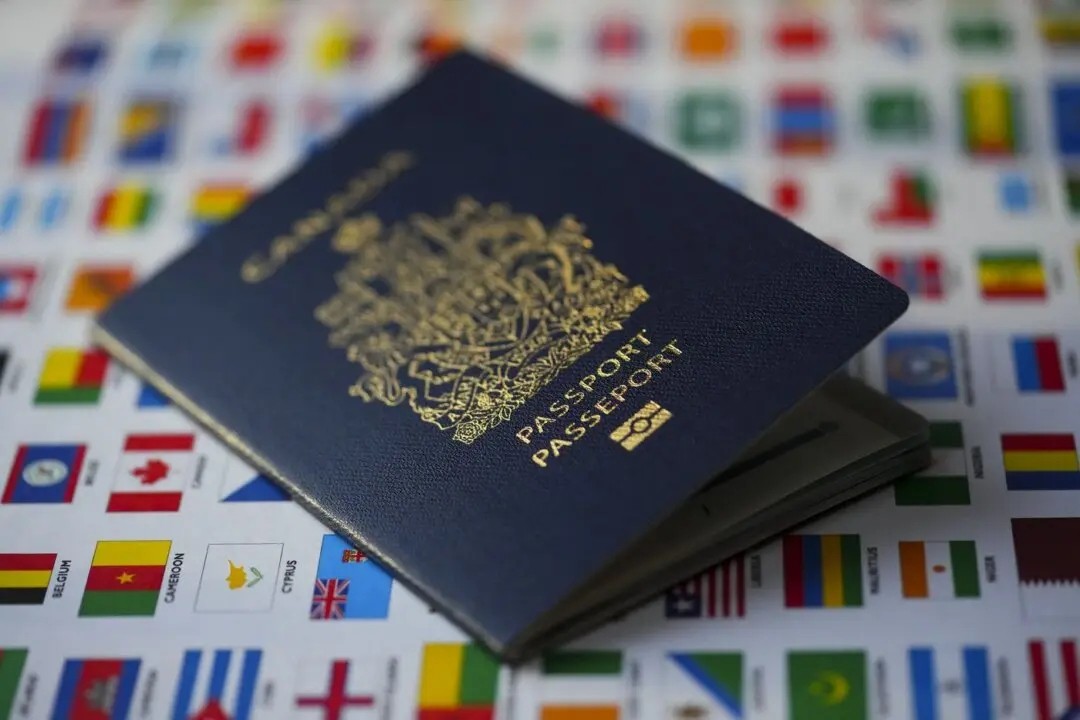A confidential poll last year indicated widespread concerns expressed by Canadians who think the federal government is not leading the country in the right direction.
“Most were of the view the country was currently headed in the wrong direction,” said the Nov. 4 poll, reported to the Privy Council Office, and obtained by Blacklock’s Reporter.





